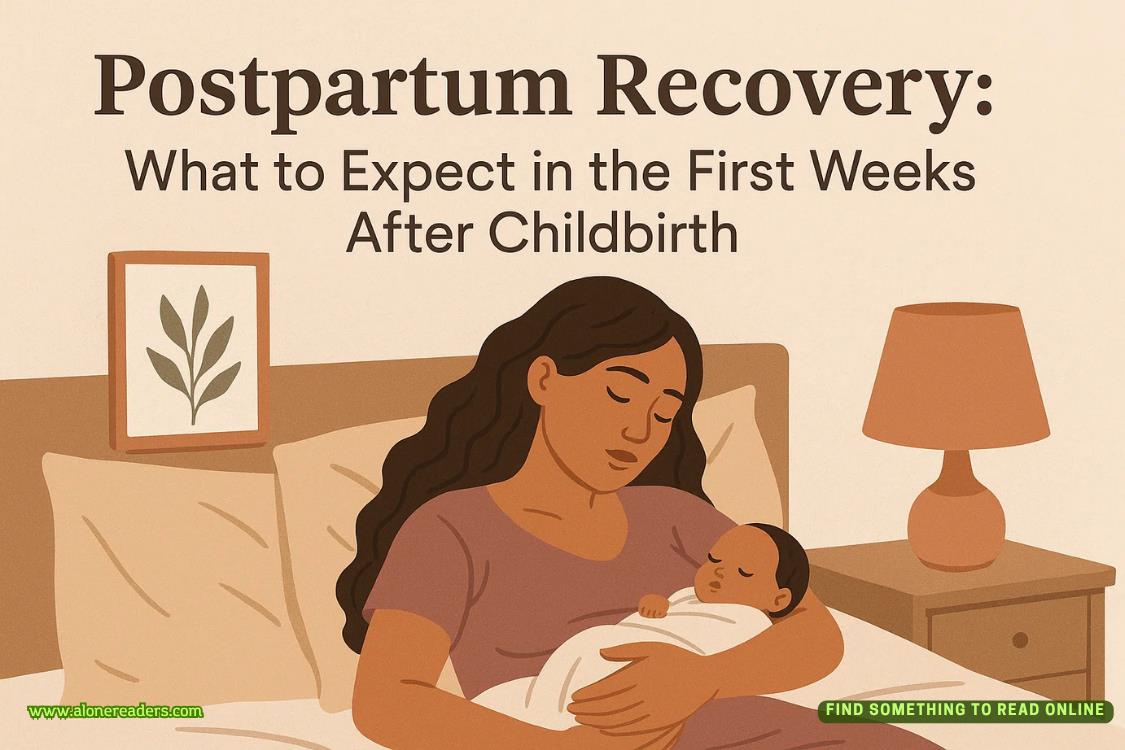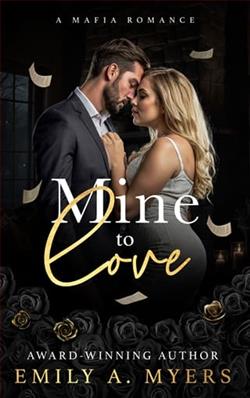Page 88 of X (Kinsey Millhone 24)
25
I found a drive-through fast food restaurant and ate in my car. Cheeseburger, limp fries, a Diet Pepsi, and a piece of gum that I chewed as a substitute for brushing my teeth. After this elegant repast, I sat and made notes, filling up three dozen index cards that ended up smelling of onions as well. So far, I had no access to the past except for other people’s recollections, which are often telling, but not always to be trusted. Memory is subject to a filtering process that we don’t always recognize and can’t always control. We remember what we can bear and we block what we cannot. I wondered if there was anything to be learned from the local police, who would at least have access to the investigator’s report from the time of Lenore’s death.
I was pleasantly surprised by how easy it was to gain access to the Burning Oaks chief of police. It helped, I’m sure, that Burning Oaks is a small town with a low crime rate, most of which is property-related as opposed to crimes against persons. In addition to DUIs, driving without a valid license or proof of insurance was the number-one cause of traffic arrests. I was also guessing the public relations aspect of the department was a point of pride. This was the kind of law enforcement that made little kids want to grow up to be cops.
Seventeen minutes after I arrived at the police department and asked to see the chief, I was sitting across the desk from her. In the interim, I read a free color brochure, complete with photographs that covered the department history and its current makeup, which consisted of one police chief, an administrative assistant, one lieutenant, three sergeants, and eight patrol officers. In addition, there were three school resource officers, five dispatchers, two community service officers, an animal control officer, and a code enforcement officer.
Chief Ivy Duncan was in her late forties, dark-haired and dark-eyed. She was attired in the usual black short-sleeved uniform with her chief of police badge, her Burning Oaks Police Department patch, a pin that said CHIEF on each side of her collar, her name tag, two pens in her shirt pocket, and the tools of her trade attached to her belt, which creaked every time she moved. I’d been a sworn officer for a two-year period early in my career, and I can assure you the getup looked better on her than it ever did on me.
I’d given her one of my business cards, which she studied while I stood across the desk from her. From her expression, I couldn’t tell whether she felt antagonistic or kindly disposed toward private investigators.
She tossed the card on the desk and leaned back in her chair. “Welcome to Burning Oaks. What can I do for you?”
I sat down without invitation and put my shoulder bag on the floor by my feet. Psychologically speaking, I didn’t want to tower over her. I wanted us eye to eye like we were equals. Her more than me.
“I’m wondering how I could obtain a copy of the autopsy report on a woman who died here in 1961. Her maiden name was Redfern, first name Lenore. She married a man named Ned Lowe. She died of a drug overdose from what I’m told.”
“If you’re talking about an autopsy close to thirty years ago, that file would be in storage. Burning Oaks is a small town. We rely on contract pathologists, most of them located up in Bakersfield. No offense, but asking one of my staff to track that down would be a pain, and what’s the point?”
“What about the investigator’s report?”
“I doubt they’d make that available, but even assuming you laid hands on it, paperwork like that would be useless. In those days, officers weren’t as well-trained. Case notes were sketchy and sometimes incoherent. Some of the spelling errors are downright comical. Generally speaking, no agency’s going to open their files to scrutiny by someone outside law enforcement. We could get our butts sued. People are entitled to privacy, even dead ones. Especially dead ones.”
“Is there anybody here who might actually remember the case?”
“I’ll be happy to ask around, but it doesn’t sound like it would have generated much buzz. What’s the husband’s name again?”
“Ned Lowe.”
“And he’s still here in town?”
“He left four months after his wife’s death.”
“They have kids?”
“One. A little girl who was three at the time. She’s married now and living in Santa Teresa.”
“You have a copy of the death certificate?”
“I don’t.”
“Write to Sacramento. Maybe you’ll discover something pertinent.”
“Thanks. I should have thought of it myself.”
• • •











